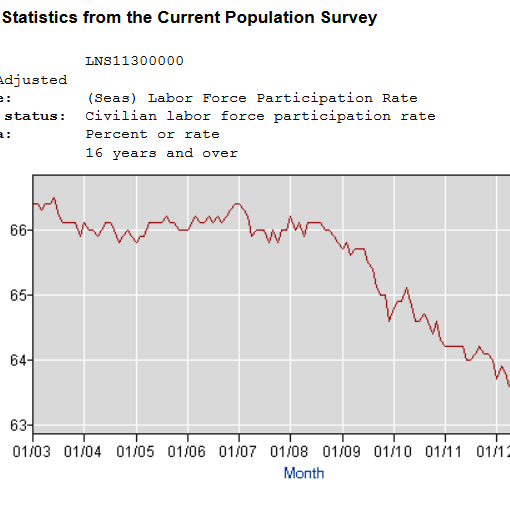Covestor models: Fortune’s Most Admired, StockDiagnostics, Best Ideas
Having benefited for four decades by preceding the baby boomers by two years, I continue to anticipate their huge impact on the economy as this group reaches retirement age. With interest rates on short term treasuries providing so little income, it is logical to expect boomers to seek income from other sources than treasuries.
I believe the search for relatively secure income was a factor in the performance of the stock market in 2011. For example, utility stocks were one of the best performing sectors in 2011. Utility stocks are well known for providing a good yield with subdued volatility. As for volatility, I suspect the gyrations we experienced in 2011 with the S&P 500 crossing its 200-day moving average several times, has created an appetite among the boomers for reduced volatility in their investments.
The stock market has provided below normal returns since 2007, resulting in the perception by many investors that ignoring dividends is unwise. A further confirmation of the growing importance of dividends is the superior performance of the Dow Jones Industrial Average over the S&P 500 and the Nasdaq in 2011 The dividend yield from Dow Industrial stocks is greater than the yield provided by the Nasdaq or the S&P 500. U.S. large capitalization stocks are laden with cash and equivalents, providing the wherewithal to increase dividend payouts in 2011.
I expect the trend toward quality dividend paying blue chip stocks to continue in 2012, resulting in the possibility that low risk portfolios will outperform portfolios that undertake more risk.
It’s broadly accepted that volatility is a proxy for measuring risk. Whether this is correct or not, I believe that it is prudent to get ahead of the retiring baby boomers by constructing portfolios with low volatility and relatively high dividends.
I was pleasantly surprised by the performance of portfolio holdings Nuance Communications (NUAN) and Dollar General (DG) in 2011, but disappointed in the performance of Alcoa (AA). Alcoa’s performance encouraged me to adopt a policy of cutting losses earlier.
As for Gold (GLD), it has been an excellent performer for a number of years. The case for investing in gold is so well documented and widely accepted that I wonder who is left to get aboard the bandwagon. The biggest attraction of gold lies in a more subtle category – its low historic correlation with stocks. The biggest detriment to owning gold is the high volatility of the price of gold. That volatility is even more pronounced with gold mining stocks.
Fortunately, there are other less volatile sectors that offer varying degrees of non correlation with the S&P 500. Oil is one example that comes to mind. Exxon Mobil (XOM) provides a dividend and offers lower volatility than most gold miners. With Fox News Network being saturated with advertisements seeking customers to purchase physical gold, it reminds me of the time when so many advertisers were attempting to lure people into buying courses on how to invest in single family homes or small multi-family structures. With the plight of the dollar so widely known and new shops springing up everyday to buy gold from individuals, harvested from their teeth or jewelry box, I suspect that the low hanging fruit from the precious metals tree has already been harvested.
The tried and true way to achieve a high degree of non-correlation with the S&P 500 is with short term treasury bonds. That was a great strategy in 2011. With treasury yields so low, I believe that investments in individual stocks with relatively low correlation offer a superior alternative to treasuries, providing the stocks provide a yield in excess of the treasury yield prevailing today.
The degree of non-correlation is not nearly as strong as in treasuries, but the yield is as good while providing some protection against inflation over the long run. I will be striving to implement this strategy in 2012.
Surprisingly, the strategy could be implemented with a stock that pays no dividend: Berkshire Hathaway Class B (BRKB), which has a surprising degree of non-correlation with the S&P 500.




